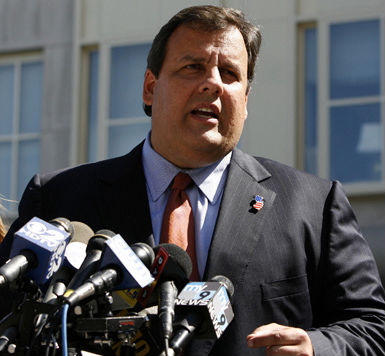The Washington State Investment Board (WSIB), the entity that handles investments for the state’s pension systems, at its latest board meeting weighed whether to divest from fossil fuel-based companies.
The Board ultimately decided against divestment. But the members said they would continue to evaluate whether climate change posed any risk to pension investment returns, and would use their power as major shareholders to push companies for transparency about financial risks posed by climate change.
The WSIB has major stakes in oil and coal investments.
Further details on the board’s decision, from the Olympian:
When evaluating a future investment, the SIB said it will consider whether climate change poses any financial risk to its expected returns.
It should not stop investing in lucrative but controversial energy projects. That would expose the board to potential legal action over its failure to produce as much value as possible.
Outgoing SIB Chair Jim McIntire, who is also the state Treasurer, proposed a more responsible strategy for showing sensitivity to environmental issues. He said the SIB should press companies for greater transparency about the risk from climate change, and how they are mitigating that risk.
A large institutional investor such as the state of Washington can use its leverage to change company policies. McIntire said that’s the SIB’s preferred approach.
[…]
The SIB’s legal mandate is to make money for the pension funds it manages. Its fiduciary duty is simply to get the best return possible for the individuals who will someday depend on those pensions.
But setting investment policy is more complex than that. The SIB members are responsible for examining the short- and long-term risks of its investments. And that requires assessing both internal and external factors that might influence an investment’s return.
The WSIB presents an argument many pension funds have made over the past few months: divestment isn’t as effective as lobbying for change as a major shareholder.
No public pension funds in the U.S. have yet divested from fossil fuel companies on the grounds of climate change.


